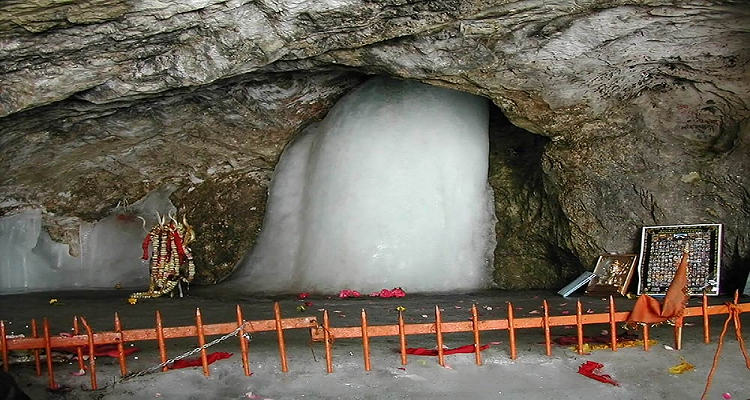According to a report in The Economic Times, besides the much talked about Ram temple, over 40 tourist spots have been identified and proposed in Ayodhya under a master plan and the projected visitor footfall is of 3 lakh people per day by 2051, Dikshu C Kukreja, managing principal, at CP Kukreja Architects, said. CP Kukreja Architects, Canada based Lea Associates and L&T were selected to chalk out a master blueprint plan for Ayodhya two years ago. CP Kukreja Architects handed over the master plan in January last year. The company said it is engaged in consultation with the Ayodhya Development Authority for the implementation of the phase wise development of the masterplan. “More than 40 tourism spots have been identified and are being developed under the plan and the work for them will be carried out in phases,” he said.
Kukreja said the redevelopment will involve the inclusion of various public amenities, street furniture and the broadening and ‘pedestrianisation’ of roads along with the redevelopment of the Sarayu Riverfront. “A tourism facilitation centre with 115 keys and six Dharamshalas that can accommodate 7200 beds have been proposed a long with international museums that highlight the city’s rich cultural heritage,” he said.
“The proposed accommodation options would be centrally placed amongst various prominent tourism nodes. Since the areas are being developed to be vehicle free, the touri sm nodes will be at a walking distance from the Dharamshalas and the tourism facilitation centre,” he added. Kukreja said the firm has focused on the heritage assets of the city and has retrofitted and redeveloped them along with the core city areas with temples. “A similar design language has been incorporated into the redevelopment while using sustainable building practices, taking inspiration from the temple architectural heritage of the city,” he added.
Kukreja said it’s important to retain the character of the destination. “Imagine a tourist coming from Kanyakumari to Ayodhya. They wouldn’t want to see metro lines. That’s not the character they are looking for. They should be spread out. As planners, it was important to understand the cultural significance of the destination and equip it to be a self -sufficient and a welcoming city. We did not want to create the Taj Mahal kind of an experience as that can be chaotic in terms of traffic and transport. Ayodhya can be a world class city, and by that I don’t mean a cyber city I mean a city that celebrates its significance and gives people lifelong experiences. We also have to ensure that the lives of the residents of Ayodhya remain comfortable,” he added.






